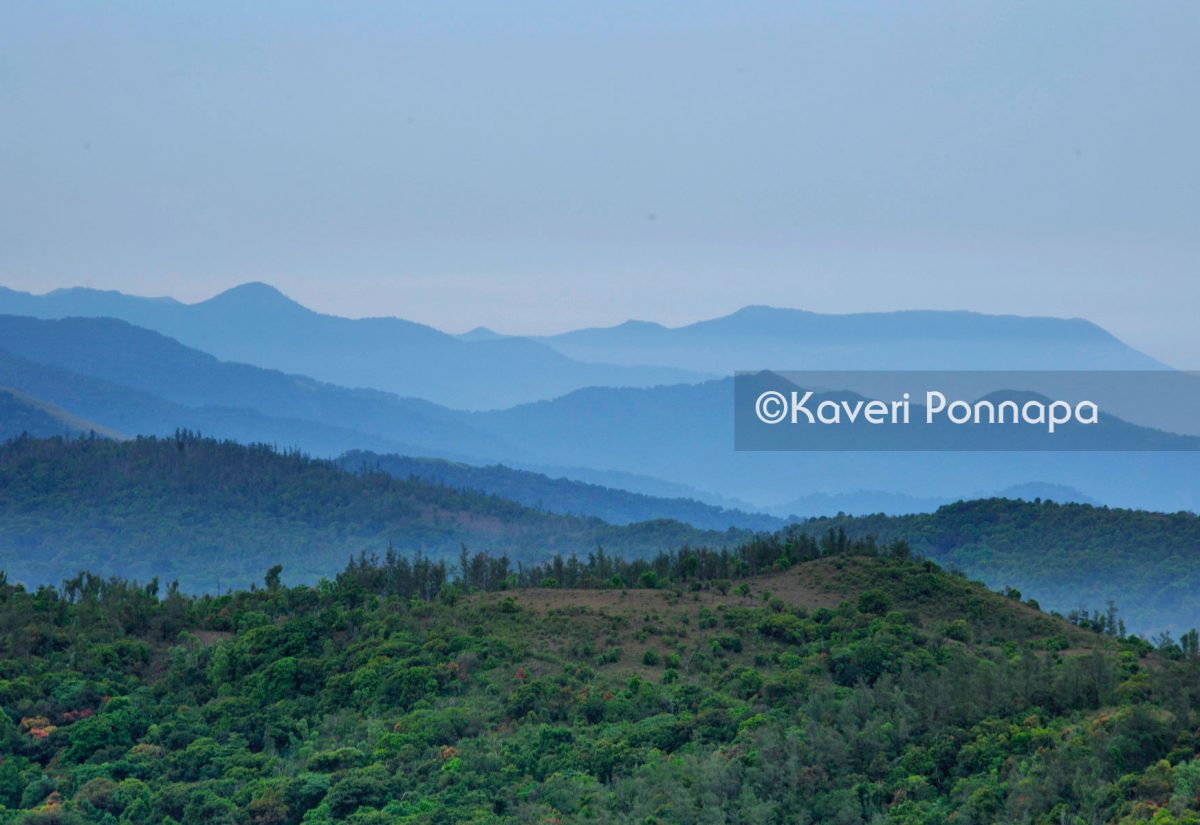In 1885, the Swiss-German missionary, the Rev. Hermann F. Moegling described the landscape of Kodagu as follows: “The aspect of Coorg presents an entire forest....
The Sacred Landscape
The Kodava identity was shaped by a richly forested landscape which was held in reverence and awe and treated as sacred. Forest shrines were attached to every village, sequestered within dense groves—devarakad(devadakad)—dedicated to various forest deities. No trees were felled within these sanctuaries and human access was restricted. This immense respect for nature was reflected in one of the greatest concentrations of sacred groves in the small area that constituted Kodagu, and once guided and shaped every aspect of life.


